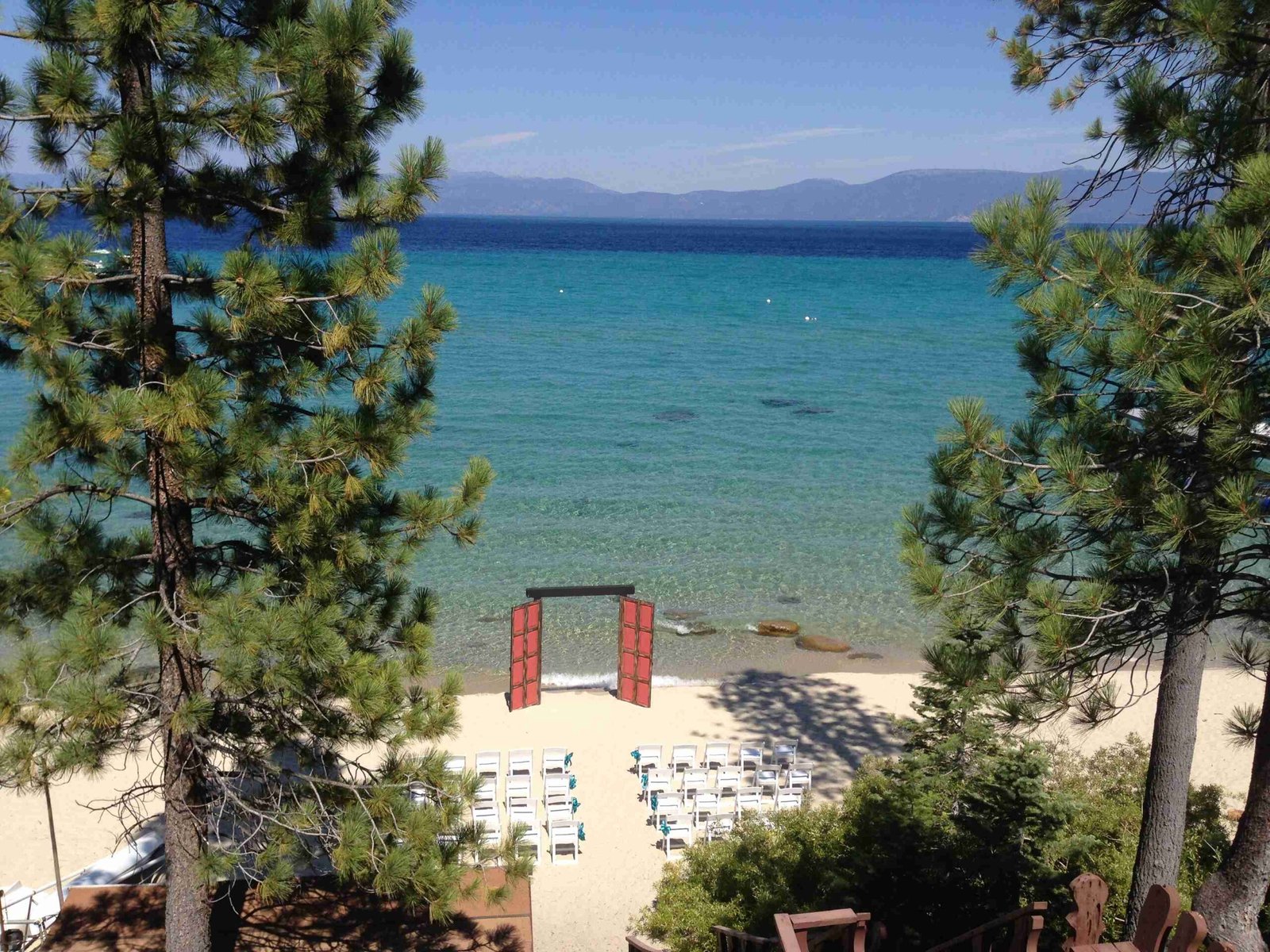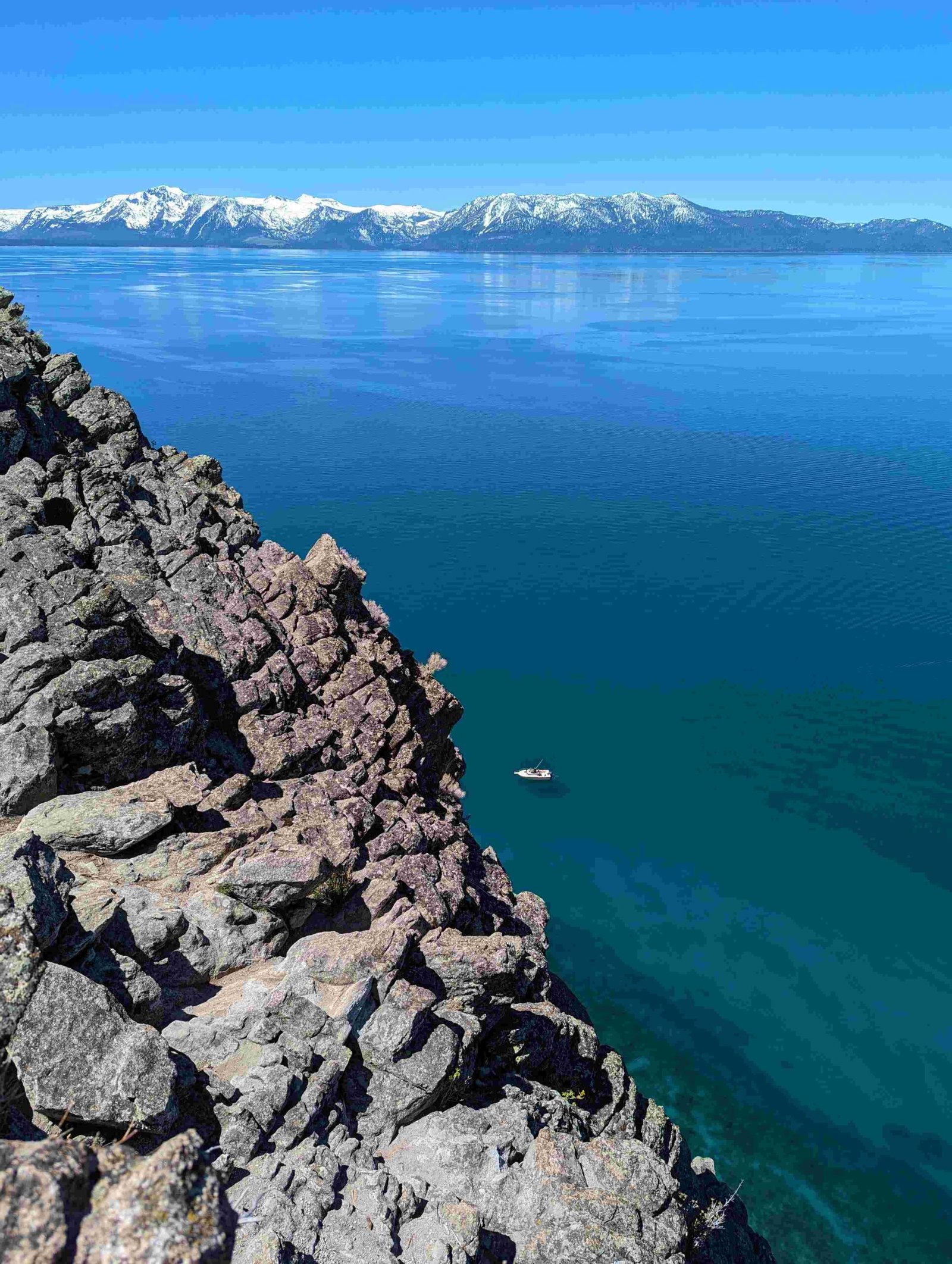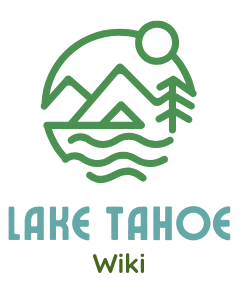Echo Lakes in South Lake Tahoe represents a pristine alpine wilderness nestled within the Desolation Wilderness, offering adventurers a remarkable landscape of granite peaks, crystal-clear lakes, and diverse hiking trails. Located near Highway 50, this stunning destination provides outdoor enthusiasts with unparalleled opportunities for hiking, fishing, photography, and immersive natural experiences across approximately 8-13 miles of scenic terrain.
What Makes Echo Lakes a Unique Destination?

Echo Lakes is not just another hiking trail – it’s a gateway to an extraordinary wilderness experience in the Sierra Nevada mountains. Situated at approximately 7,420 feet elevation, this area offers remarkable diversity in landscape and recreational opportunities.
Where Are Echo Lakes Located?
Echo Lakes are strategically positioned near South Lake Tahoe, accessible via Highway 50 and Johnson Pass Road. The trail system connects Lower and Upper Echo Lakes, providing multiple route options for hikers of varying skill levels.
What Trail Options Exist at Echo Lakes?

| Trail Type | Length | Difficulty | Key Features |
|---|---|---|---|
| Short Route | 3 miles | Easy | Water taxi option |
| Standard Route | 8 miles | Moderate | Lake views |
| Extended Hike | 13 miles | Challenging | Multiple lake destinations |
What Wildlife and Ecosystem Can Visitors Expect?
The Desolation Wilderness surrounding Echo Lakes hosts diverse ecosystems:
- Flora: Alpine meadows, granite landscapes
- Fauna:
- Mule deer
- Black bears
- Various bird species
- Small alpine mammals
How Challenging Are the Hiking Trails?
Hiking difficulty varies significantly:
– Beginner sections: Relatively flat around Lower and Upper Echo Lakes
– Advanced routes: Elevation gains up to 2,000 feet
– Technical challenges: Rocky terrain, potential snow/ice conditions
What Preparation is Necessary for Echo Lakes Hiking?
Essential preparation includes:
1. Obtain wilderness permit
2. Check seasonal accessibility
3. Bring appropriate gear:
– Hiking boots
– Water filtration system
– Navigation tools
– Emergency supplies
4. Review weather forecasts
5. Understand Leave No Trace principles
What Seasonal Considerations Exist?
- Summer (June-September): Peak hiking season
- Winter (October-May): Snow activities, limited accessibility
- Spring/Fall: Transitional periods with variable conditions
What Recreational Activities Are Available?
Visitors can enjoy:
– Hiking
– Fishing
– Photography
– Kayaking
– Wildlife observation
– Backcountry camping
What Permits and Regulations Apply?
- Day-use permits: Free
- Overnight wilderness permits: Reservations required
- Fishing licenses mandatory
- Campfire restrictions during dry seasons
What Photography and Scenic Opportunities Exist?
Echo Lakes offers extraordinary photographic landscapes:
– Granite peak backdrops
– Alpine lake reflections
– Wildflower meadows
– Dramatic mountain silhouettes
How to Access Echo Lakes?
Driving Directions:
– Take Highway 50 to Echo Summit
– Turn onto Johnson Pass Road
– Follow signs to Echo Lakes trailhead parking
What Safety Considerations Are Important?
- Carry emergency communication device
- Inform someone about your hiking plans
- Check weather forecasts
- Carry sufficient water and supplies
- Be aware of wildlife interactions
What is the Best Time to Visit?
Late June through early September offers optimal hiking conditions with mild temperatures and minimal snow coverage.
Reference:
– USDA Forest Service
– California Department of Parks and Recreation
– Lake Tahoe Visitor Authority

